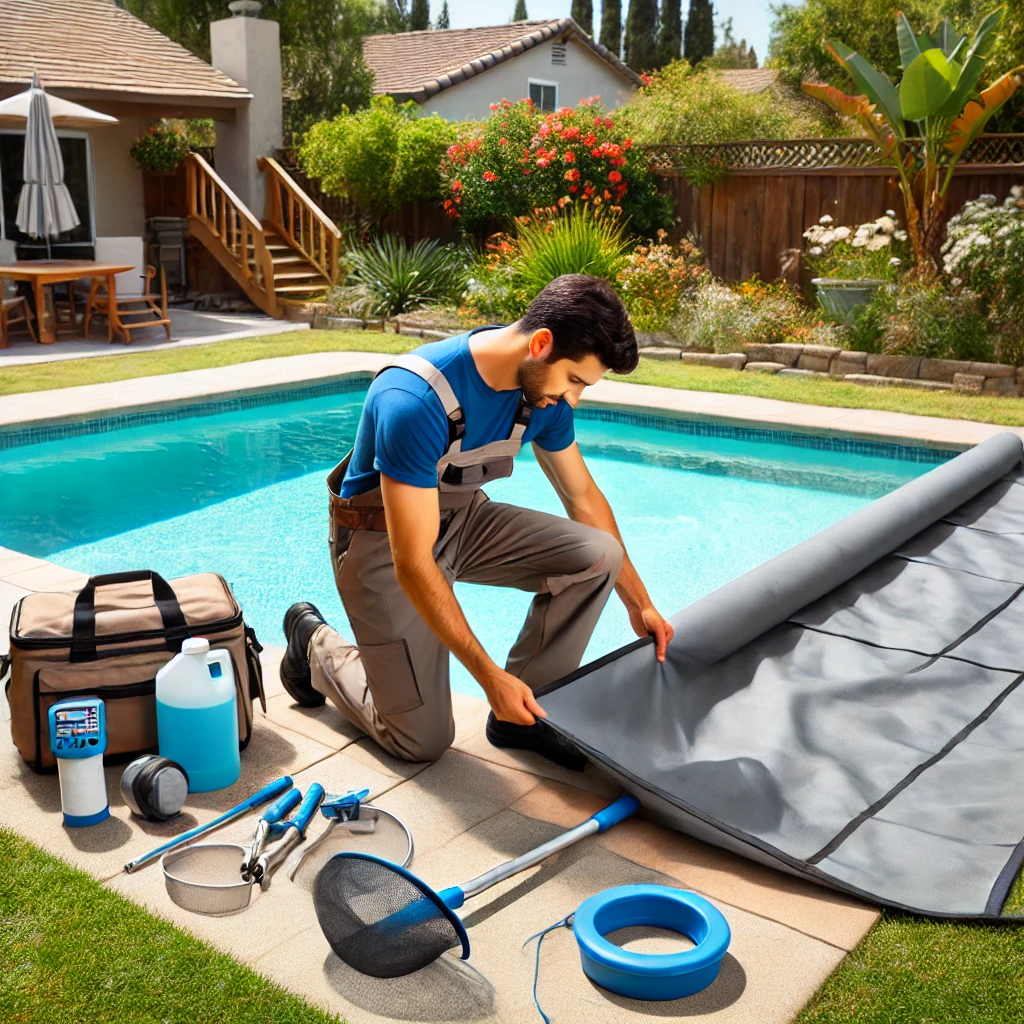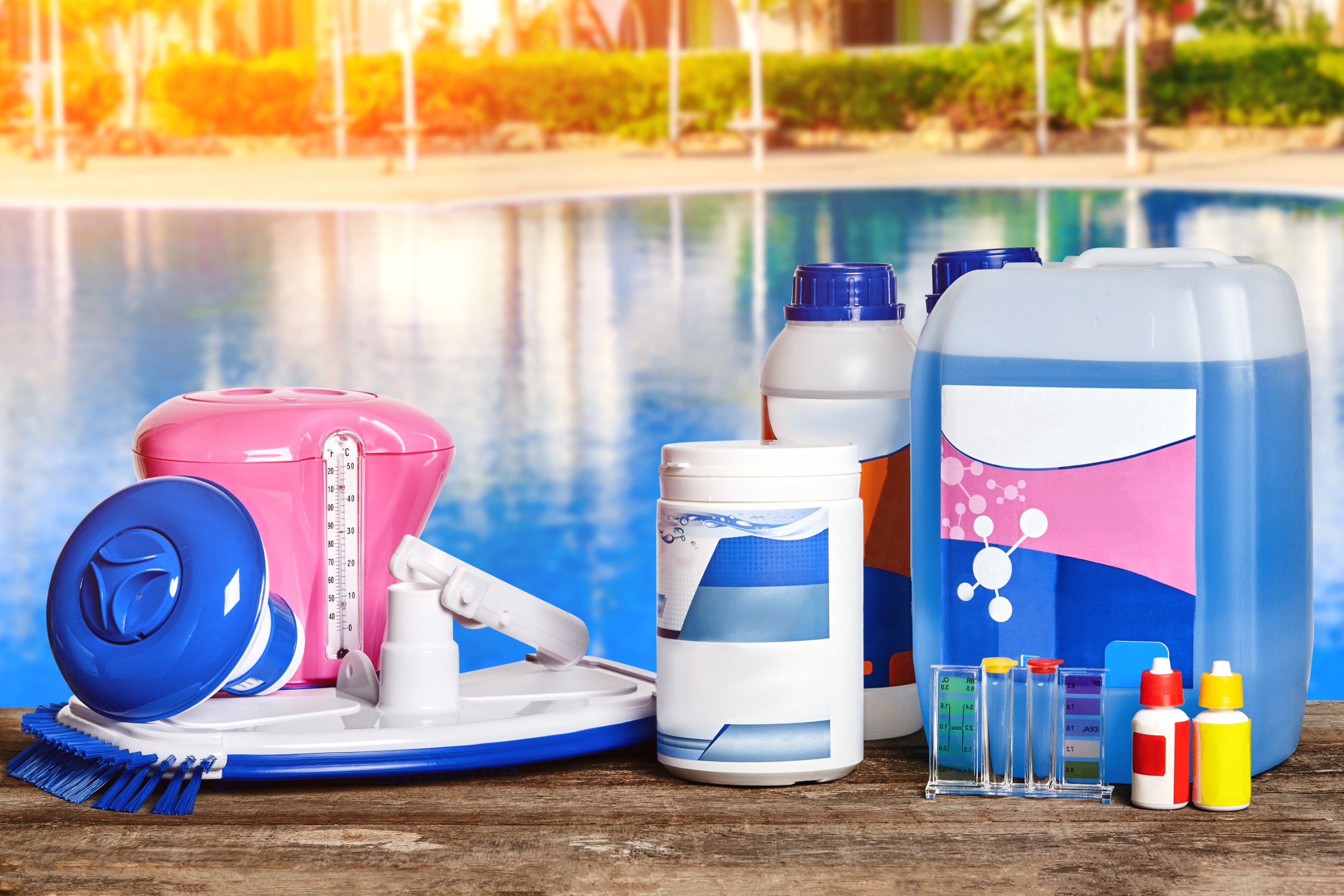California winters may be milder than those in other parts of the country, but that doesn’t mean pool owners can skip winterization. Protecting your pool during the off-season helps prevent damage, keeps maintenance costs down, and ensures an easier transition when spring arrives. Here are the steps you should take to properly winterize your pool in California’s unique climate.
1. Clean the Pool Thoroughly
Start by removing leaves, debris, and dirt from the pool using a skimmer net and pool vacuum. Clean the pool walls and floor to prevent algae and stains from forming over the winter months. Scrubbing away grime now will save you a lot of hassle when you reopen your pool.
2. Balance the Water Chemistry
Properly balanced water is crucial to prevent scaling, corrosion, and algae growth. Test the pH, alkalinity, and calcium hardness levels. Ideally, your pool’s pH should be between 7.2 and 7.8, and alkalinity should range from 80 to 120 ppm. Adjust these levels as necessary before moving to the next step.
3. Shock the Pool
Adding a chlorine-based shock treatment helps kill any bacteria or algae that might linger during the winter. Be sure to follow the manufacturer’s instructions for your pool size. Shocking the pool ensures the water remains sanitary even as it sits unused for months.
4. Lower the Water Level
In California, completely draining your pool isn’t necessary. However, you should lower the water level to below the skimmer to avoid damage in case of unexpected freezing temperatures. Use a submersible pump or your pool’s filtration system to carefully remove excess water.
5. Protect the Plumbing
Although freezing temperatures are rare in California, they can still occur, especially in higher elevations. Drain the pool’s pipes, pump, filter, and heater to prevent water from freezing and causing cracks. Use a shop vacuum to blow out water from the plumbing lines, and plug them with winterizing plugs.
6. Cover the Pool
Invest in a high-quality pool cover to keep debris out and reduce evaporation. A proper pool cover also protects your pool’s surface from UV damage. Make sure the cover fits snugly and is securely fastened to prevent wind from dislodging it.
7. Monitor Throughout the Winter
Even during the off-season, periodic maintenance is important. Check the cover for tears or sagging, and remove accumulated water or debris. Test the water chemistry occasionally to ensure the levels remain stable. If algae or cloudiness develops, treat it promptly to avoid bigger issues later.
8. Consider Professional Help
If you’re unsure about any of these steps, hiring a professional pool contractor like Prins Pools can save you time and effort. Experts can ensure your pool is winterized correctly and offer tips tailored to California’s specific conditions.
Stay Ahead of the Season
By winterizing your pool, you’re not only protecting your investment but also ensuring a smooth start to next year’s swimming season. For professional guidance or assistance, contact Prins Pools in San Jose, CA. With years of experience in pool maintenance and care, Prins Pools can help you keep your pool in excellent condition year-round.


